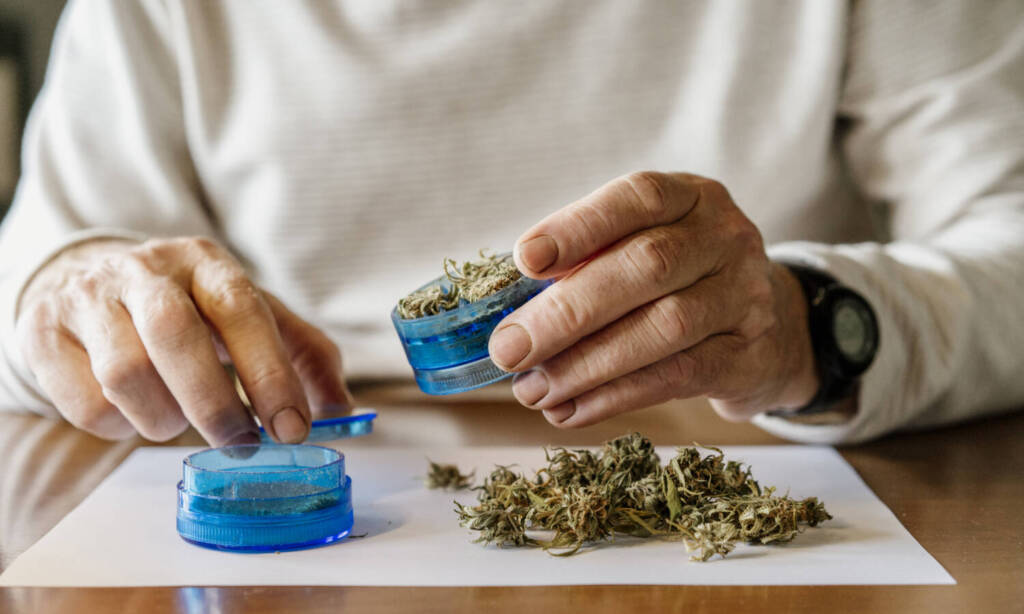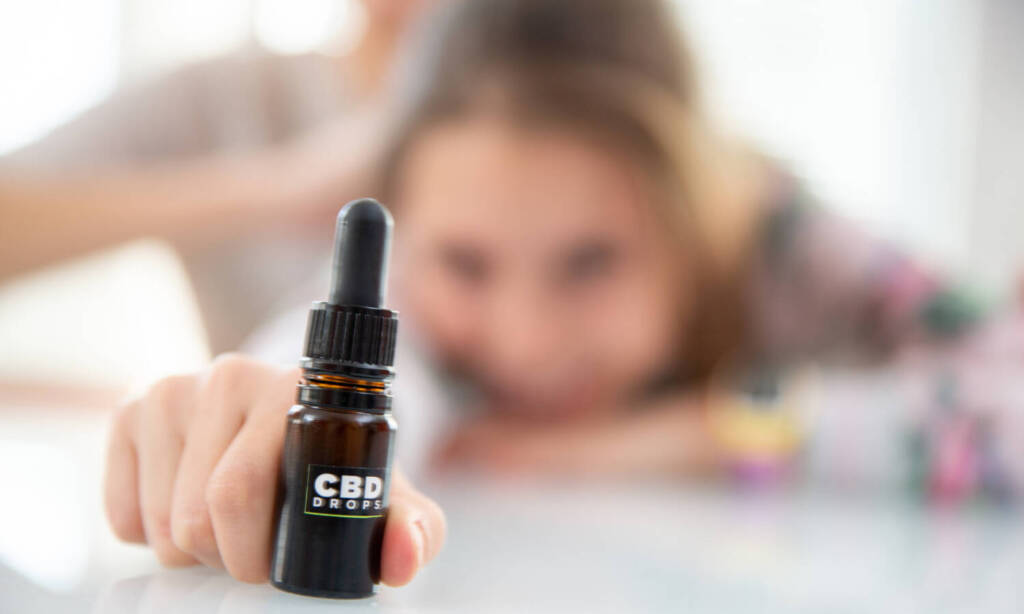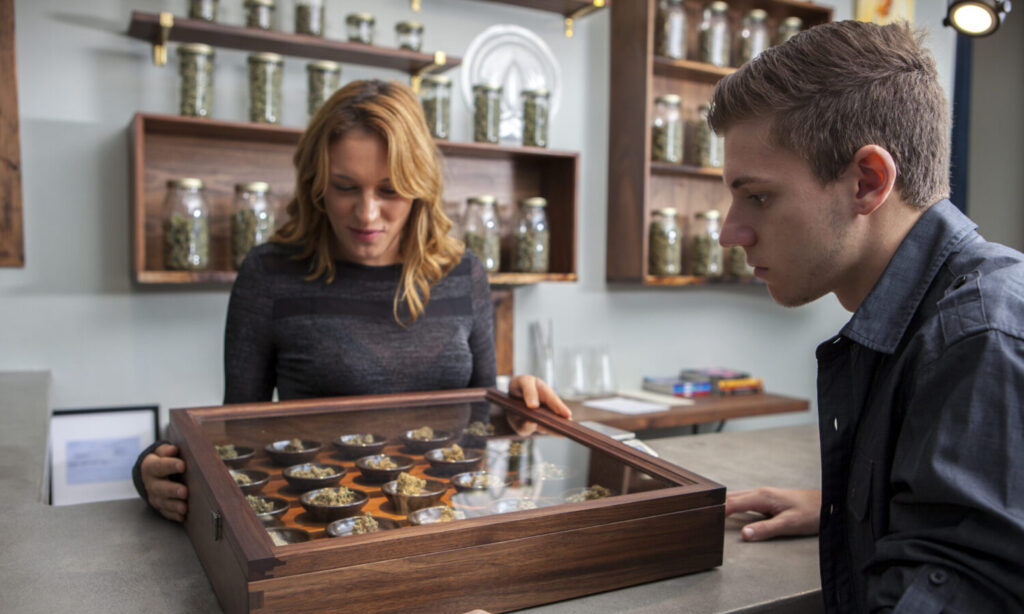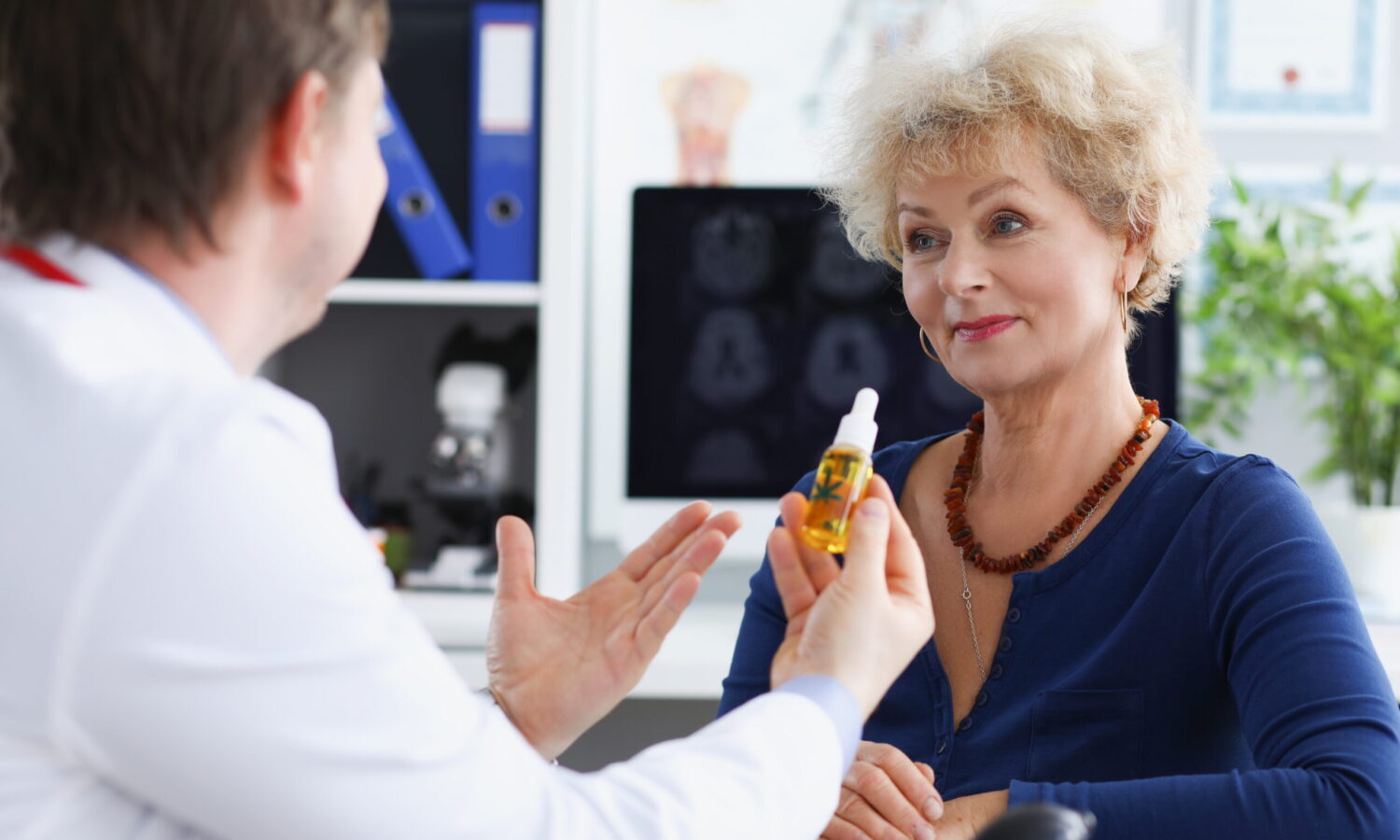Cannabis has never been easier to access. Here’s a quick guide for returning users.
As cannabis becomes legal in a growing number of states, its use is becoming increasingly popular. And while many newbies are giving it a shot, there are a lot of people who are finding themselves returning to cannabis as they enter a new stage in their lives, using it for medicinal or recreational purposes.
While more plentiful than ever, the new cannabis world can be overwhelming to navigate. With federal laws and states having different rulings on the drug and how it operates, it’s difficult to jump back in without some guidance. Fear not — here’s a basic guide for returning weed users.
Is weed stronger now?

RELATED: Tips For Seniors Trying Cannabis For The First Time
One of the most common things you’ll read now when looking into cannabis is how much stronger it is when compared to years past. And while weed is stronger than it was before, it still shouldn’t be a determining factor on whether or not you’ll be consuming it or not. According to the National Institute on Drug Abuse, THC potency averaged out at 15% in 2018. 30 years ago, it averaged out at 4%.
What is CBD?

The CBD trend entered full force only a couple of years ago. It’s understandably puzzling for people, some of whom don’t even know that the compound is a part of the cannabis plant, and other who don’t understand the differences between it and THC, its more psychoactive complement.
CBD and THC are just two of cannabis hundreds of cannabinoids. The main difference between the two is that THC will get you high, while CBD will most likely not. Research on CBD is new, but some believe it can be used to treat forms of anxiety, depression and promote relaxation.
What method is best?

Choosing whether to eat an edible or to smoke, vape, dab, etc. is confusing. There’s too many options. The best way to choose a method is to keep an open mind and experiment what results you like best, starting off slow.
Edibles tend to produce stronger highs, making them great for recreational and medicinal use alike. The caveat is that they take a long time to affect people, something that makes it easier for them to overdose. When purchasing these products, it helps to ask your budtender and explain your current situation. They may suggest a dosage for you, something that can help you once you purchase your product and read the amount of THC per serving.
On the other hand, smoking and vaping produces quick results usually, within 30 minutes of consuming. This makes for more accessible highs, especially for beginners.
What about bad highs?

RELATED: You Got Way Too High — How Can You Bring It Down A Notch?
Bad highs can happen, especially with edibles. While cannabis remains a pretty safe activity, a bad high can be scary, especially if you’ve had no experience with them. These moments usually involve a lot of anxiety and stress, with symptoms like paranoia, nausea and drowsiness affecting people. The key is to stay calm and wait the high out. There are no clinical consequences to bad marijuana highs, just a bit of a stressful time.
How do I navigate a dispensary?

RELATED: A Beginner’s Guide To Cannabis Topicals
Dispensaries are great, having experts on staff and making people feel like they’re buying a bottle of wine and not like they’re buying something illegal from their dealer. Still, each state has different rulings, meaning that dispensaries can be very different from each other. Be sure to call ahead of time or browse their website in order to get an understanding of what they have and don’t be afraid to ask questions. Times are changing and we’re living in the midst of an adjustment period; take advantage of it and use it all to learn.


